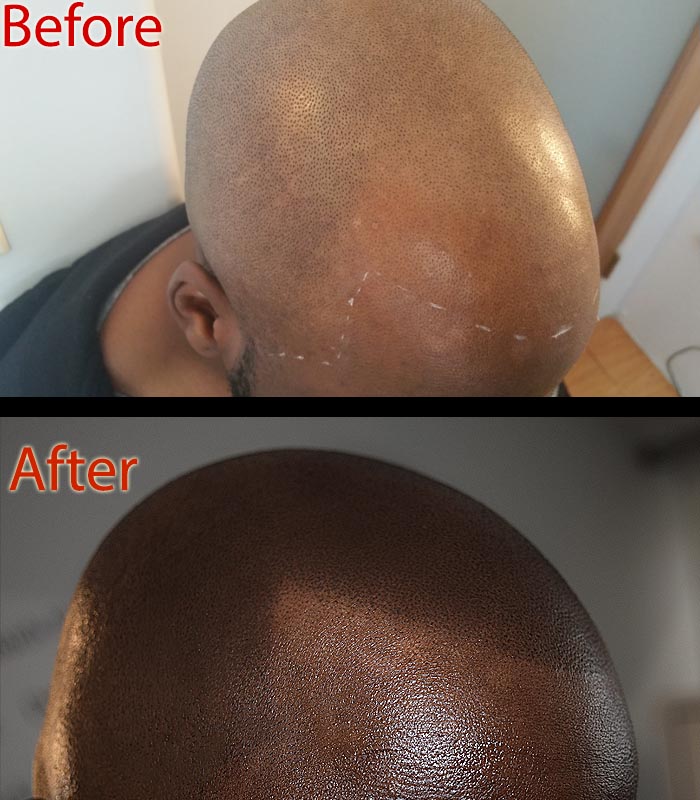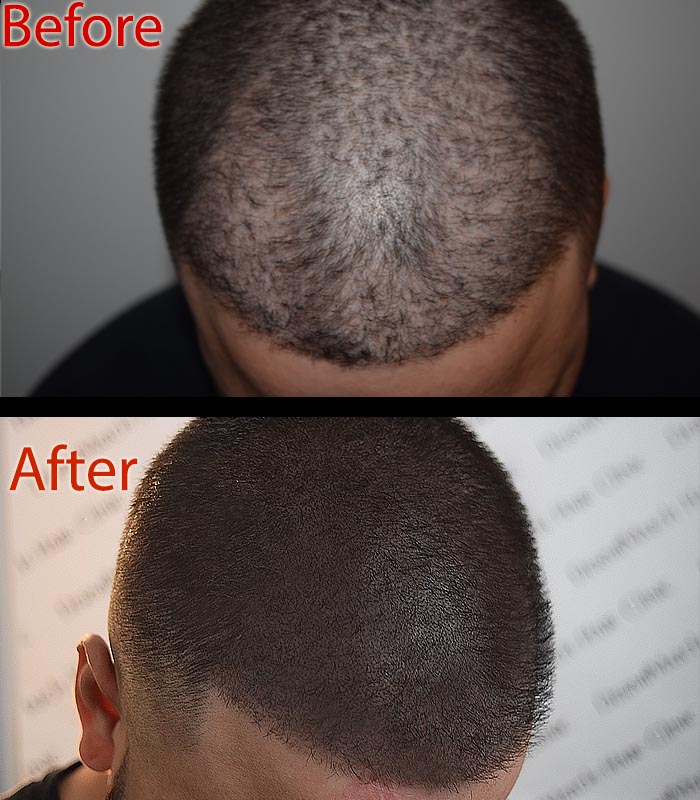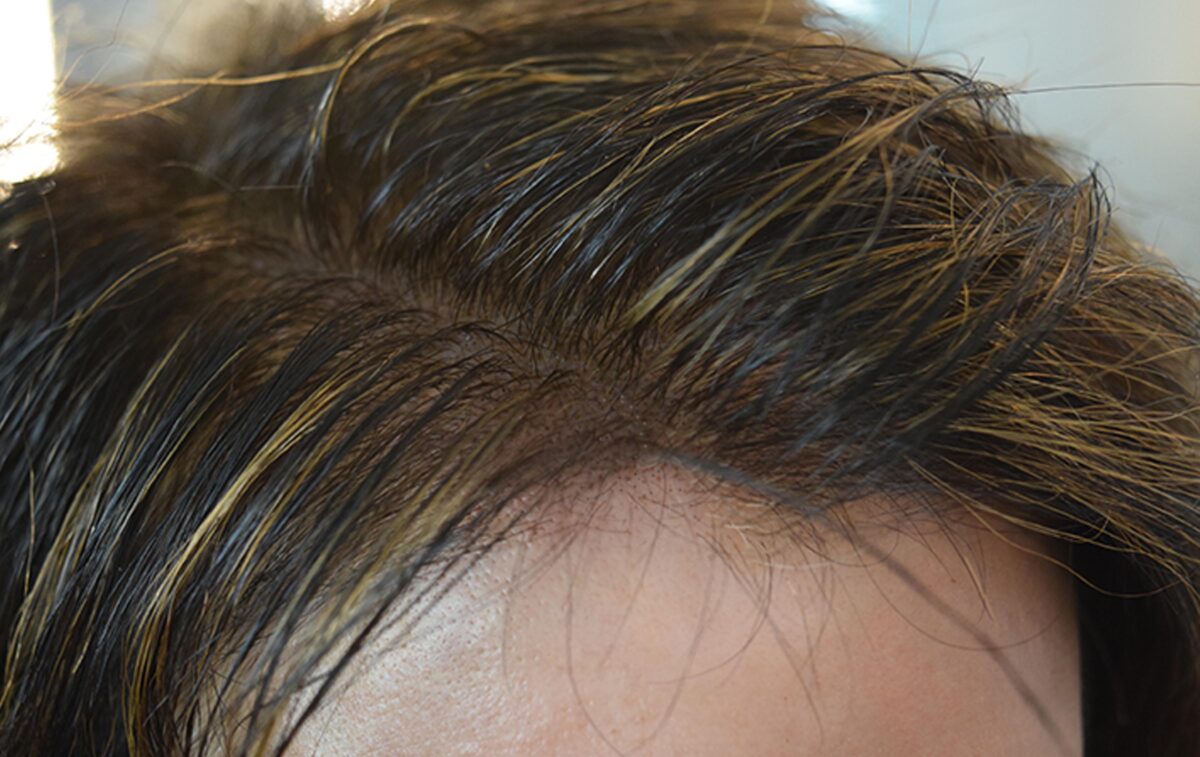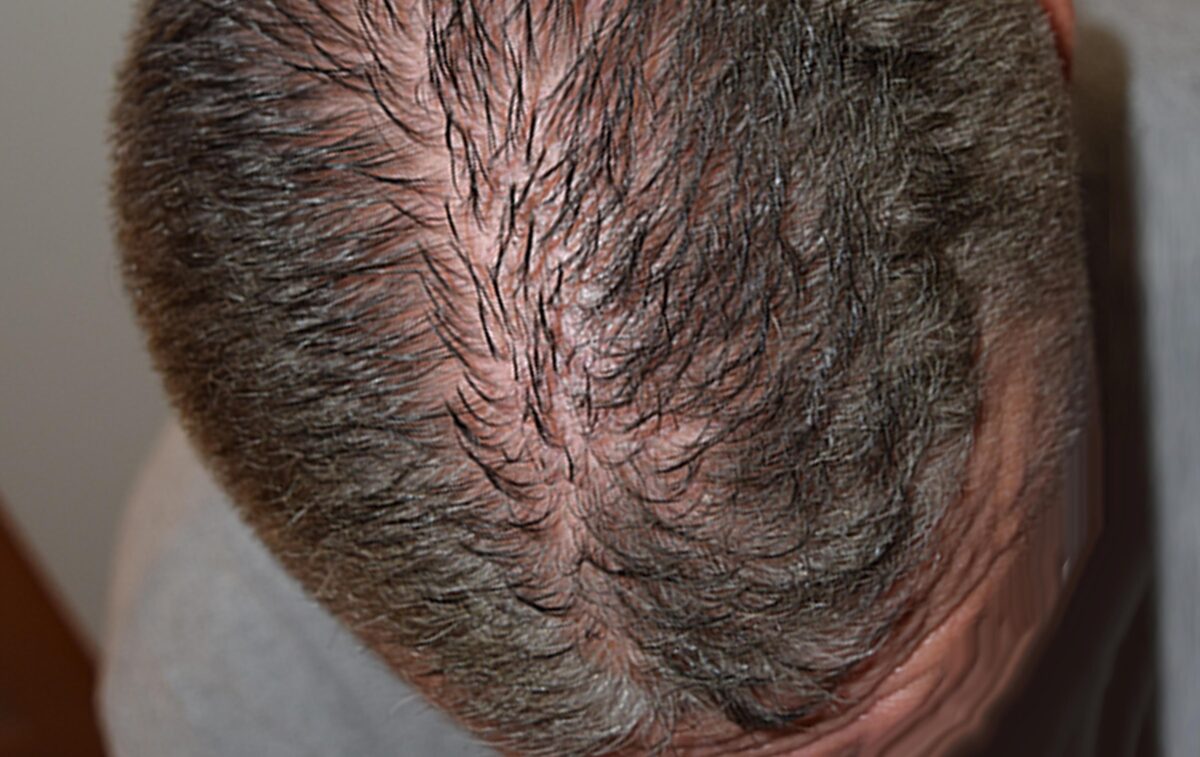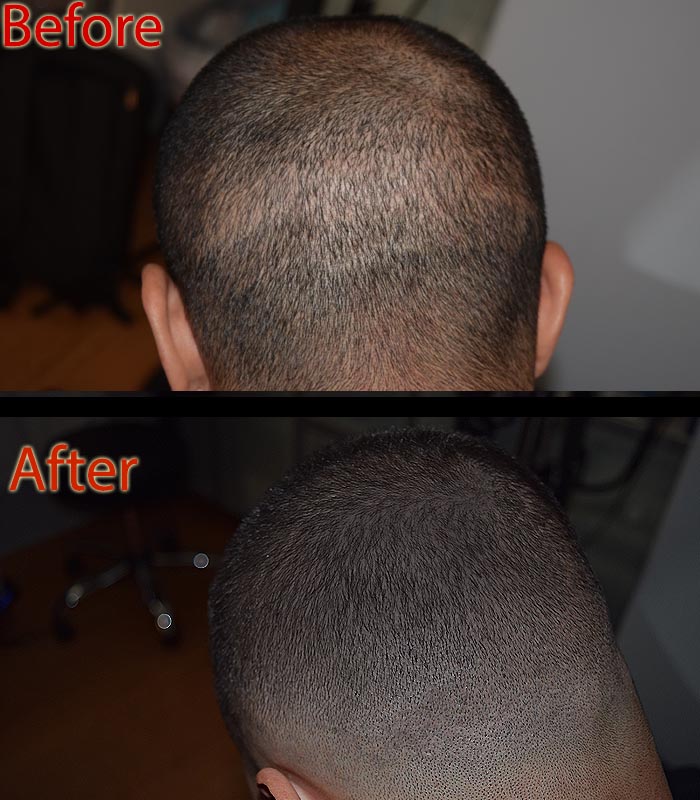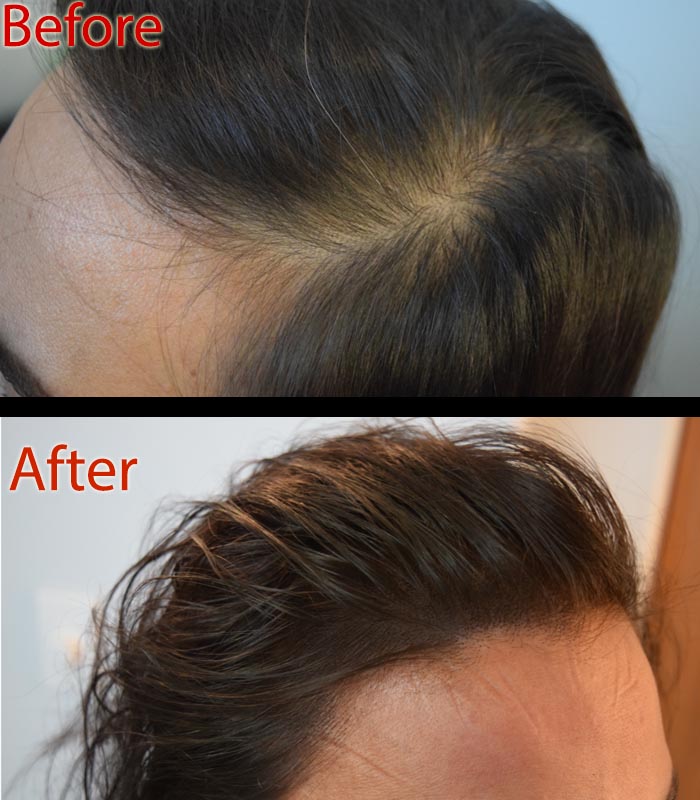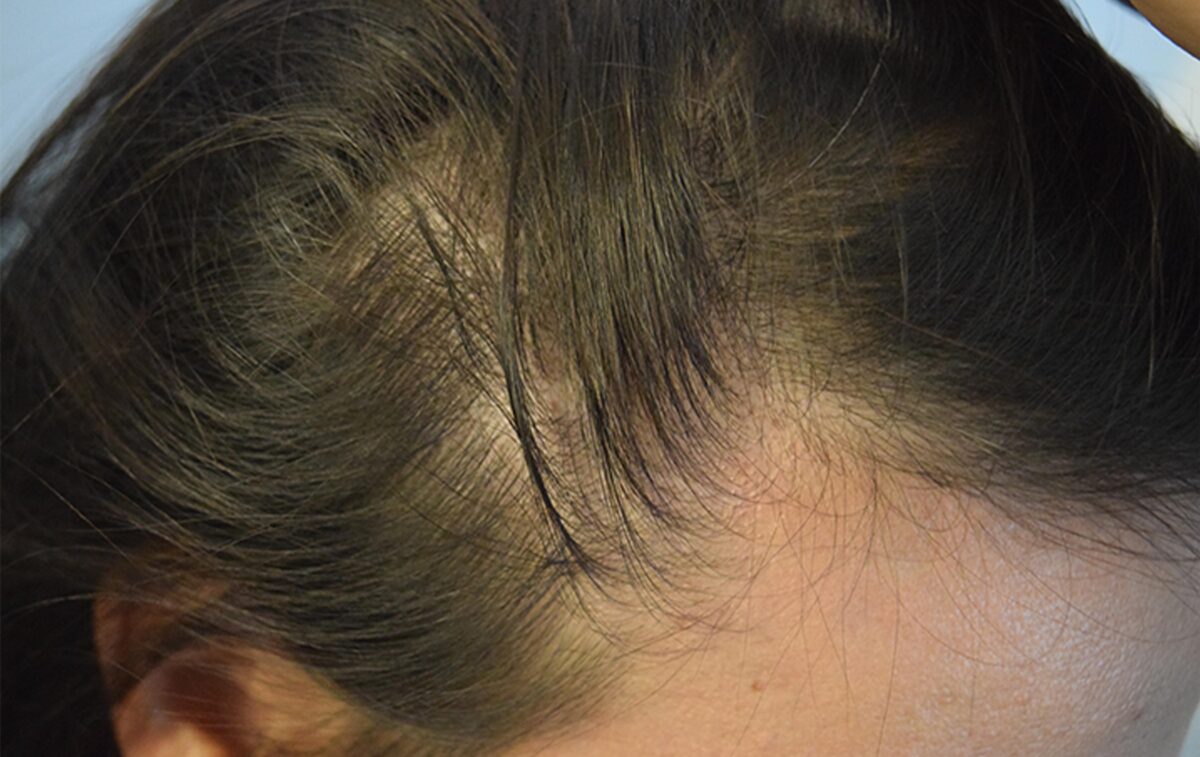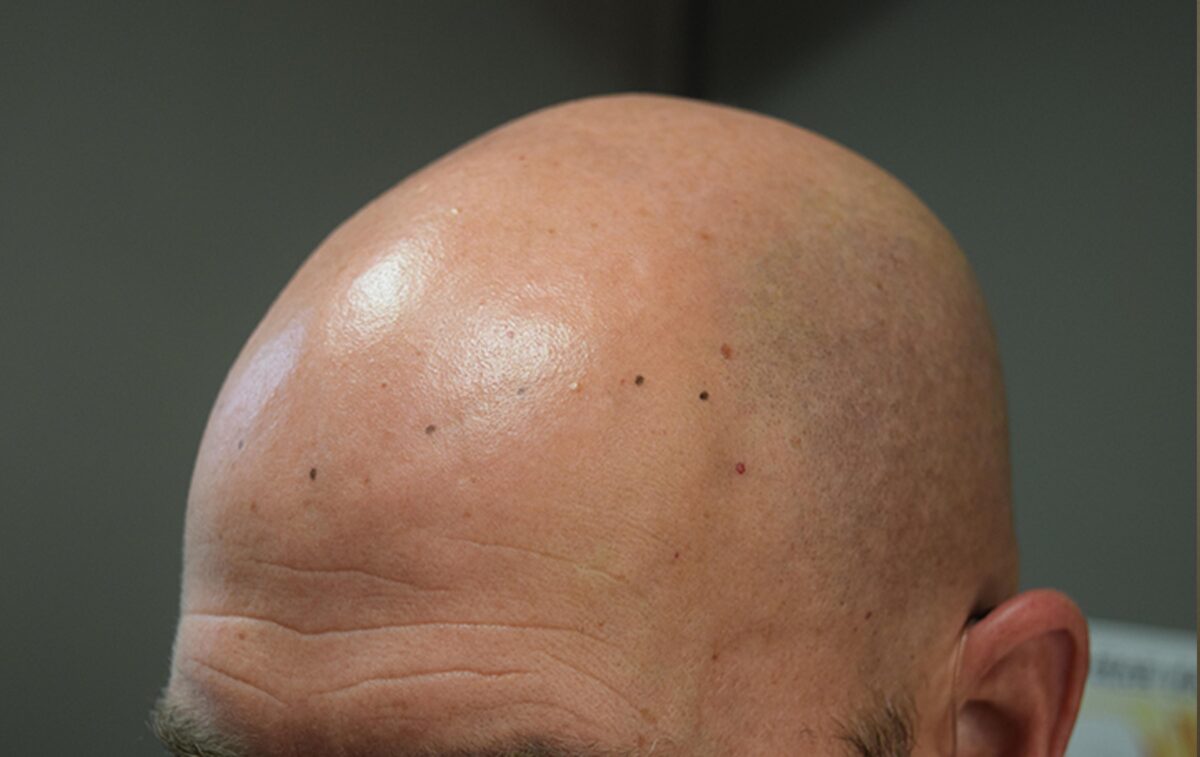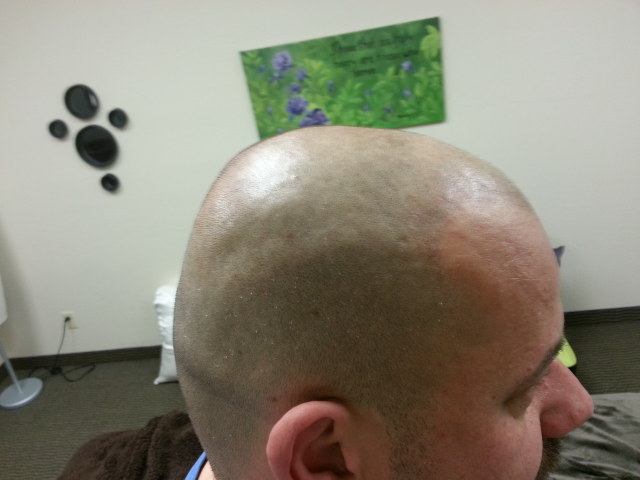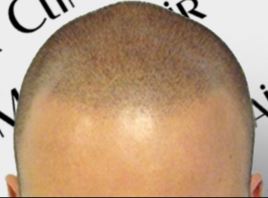Are you wondering if there is a connection between vaping and hair loss? Vaping is the use of electronic cigarettes that introduce nicotine and other chemicals into your lungs. No doubt, vaping is thought to be less harmful than smoking, but it does have several negative consequences on your overall health. Your whole body suffers from exposure to over 7,000 chemicals in a cigarette, with many identified as carcinogenic. Research links vaping to oxidative stress, which may trigger hair loss. When smoke enters the body, it can cause DNA damage, impairing hair growth and affecting hair follicles.
Vaping and Hair Loss: Is Nicotine the Culprit?
No, vaping will not cause cancer or hair loss overnight. But it will happen over a period of time as you continue to expose your body to chemicals in a cigarette. Besides, smoking can result in plaque build-up in the vessels, which can damage follicles, besides posing a severe threat of heart attack.
With E-cigarettes, you constantly inhale nicotine. As a result, the lungs pass over the substance to the blood. When that happens, it quickly spreads throughout the body. You are at risk of inhaling 0.5 to 15.4 mg of nicotine for 15 puffs. Nicotine can constrict your blood vessels, cause plaque buildup and hinder circulation. Unfortunately, vaping blocks nutrients from reaching your cells. So hair follicles suffer as they are deprived of nutrients for hair growth. Even worse, this causes hair loss instead.
Other Factors
Smoking may lead to an increase in the male hormone DHT, which is linked to the shrinkage of hair follicles. Ultimately, it results in hair loss.
Heat is another causative factor for hair loss. When you smoke, you introduce heat to your body, which may result in dehydration. Heat can also weaken hair fiber and result in stress. As a result, you may experience hair loss.
Will My Hair Grow Back If I Quit Vaping?
Unfortunately, vaping may cause permanent damage to blood vessels in the scalp. That could expose you to the risk of permanent hair loss. In many cases, this condition is irreversible. However, if you decide to quit smoking, it will be good for your health. Remember, there are several harmful chemicals in a cigarette, including an e-cigar, which can cause oxidative stress, resulting in permanent damage to cells and follicles. The result is stemmed hair growth and increased hair loss.
If you’re a recovering smoker suffering from hair loss, the sight of thinning hair or pattern baldness might not look appealing. It is here that you can look for a hair restoration treatment in Arizona. Scalp micropigmentation is one such treatment to cover hair loss, receding hairlines, and thinning hair. People suffering from vaping and hair loss connection can find SMP in Arizona as a lifesaver.
It is a non-invasive procedure that does not restore hair growth nor does it contribute to the growth of hair. But you can cover up those scalp problems that look unsightly and affect your self-esteem as well as personality. Find SMP help today. The best Arizona scalp practitioners are available at DermiMatch Clinic. Get in touch with the best today!

